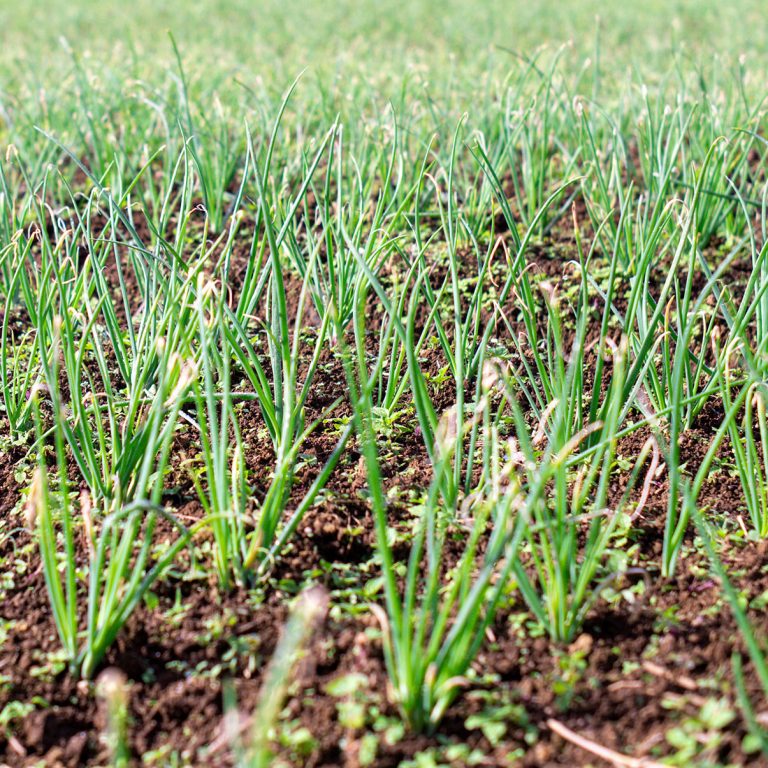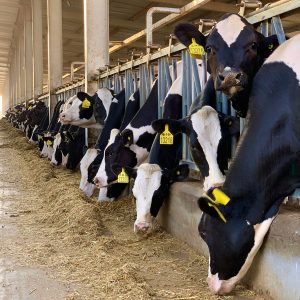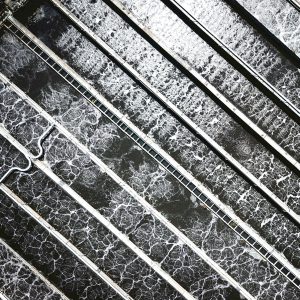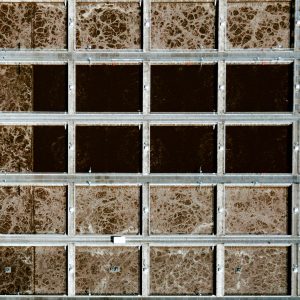Composting serves as a biological remediation technique that can reduce, isolate, or remove contamination from the environment. In this blog post, we will explore how composting can effectively aid in environmental remediation.
Extent of Contamination
The U.S. Environmental Protection Agency (EPA) estimates that nearly 300,000 sites nationwide require cleanup over the next 30 years. The total cleanup cost is around $209 billion. These sites include areas contaminated by industrial, military, municipal, and agricultural activities. The cleanup programs include:
- National Priorities List (NPL, or Superfund)
- Resource Conservation and Recovery Act (RCRA) Corrective Action
- Underground Storage Tanks (UST)
- Department of Defense (DOD)
- Department of Energy (DOE)
- Other Civilian Federal Agencies
- States and Private Parties (including brownfields)
Advantages of Ex Situ Treatment
Composting qualifies as an ex situ treatment technology, meaning that it removes contaminated soil from the site for treatment. One key advantage of ex situ treatment is its generally shorter time frame compared to in situ treatment. Additionally, it provides more certainty about uniformity in treatment because it allows for homogenization, screening, and continuous mixing of the soil. However, ex situ treatment requires excavation of soils, which can increase costs and necessitate engineering for equipment, permitting, and material handling.
Environmental Contaminants
There are over 330 listed environmental contaminants known to affect human and ecological health. These contaminants fall into six groups of organic chemicals and two groups of inorganic chemicals.
Organic Chemicals:
- Nonhalogenated volatile organics (e.g., methanol, carbon disulfide)
- Halogenated volatile organics (e.g., carbon tetrachloride, perchloroethylene)
- Nonhalogenated semivolatile organics (e.g., malathion, dimethyl phthalate)
- Halogenated semivolatile organics (e.g., pentachlorophenol (PCPs), polychlorinated biphenyls (PCBs))
- Fuels (e.g., gasoline, diesel, fuel oil)
- Explosives (e.g., TNT, RDX, nitroglycerin)
Inorganic Chemicals:
- Metals (e.g., arsenic, cadmium, lead, zinc)
- Radionuclides (e.g., cobalt-60, uranium, radium)
Biological Mechanisms
Composting can change organic chemicals and bind metals through several mechanisms:
- Biological Degradation: Microorganisms break down water-soluble chemicals with enzymes to utilize them for metabolism.
- Extracellular Decomposition: Microorganisms secrete enzymes to break down large organic molecules into smaller forms for easier absorption.
- Intracellular Decomposition: This process occurs once the microorganism absorbs the chemical.
- Mineralization: This predominant process converts organic material into carbon dioxide and water within the microorganism.
- Adsorption: This electrochemical process allows positively or negatively charged organic molecules to bind with their charge-opposite counterparts in organic matter and clays. This mechanism helps bind metals and reduce their bioavailability.
- Volatilization: This physical process changes a material from one physical state to another (e.g., liquid to gas). Mixing contaminated soils significantly contributes to volatilization—up to 30% of an organic chemical can be lost this way—raising public health and air quality concerns.
Composting for Environmental Remediation Considerations
Traditional composting of nontoxic organic materials relies on proper recipe formulation, thorough mixing, aerobic composting, and curing. These factors aim to produce stable compost quickly and cost-effectively. However, composting contaminated soils focuses on degrading the contaminant rather than product marketability. Therefore, factors like temperatures, time, C:N ratios, moisture content, and porosity are somewhat less critical.
Limitations of Composting
Despite its benefits, composting has limitations for remediation:
- Challenges arise when scaling up from bench (or laboratory) to pilot to full-scale operations.
- Composting requires substantial space to handle thousands of cubic yards of contaminated soil.
- The addition of bulking agents increases the total volume of materials handled, which can affect final disposal costs.
- Intermediate decomposition products may generate higher toxicity levels during biodegradation.
- Volatilization of gases raises air pollution concerns.
- Composting may increase metal concentrations due to carbon loss.
- Hazardous constituents that do not degrade can become nonextractable and bound to the soil matrix.
Overall, composting remains a viable remediation technique for many types of environmental contaminants. However, advances in biological engineering using formulated microbial solutions now offer both cost and logistical advantages over traditional composting as a remediation technology.ting as a remediation technology.
- Composting Benefits: Learn more about the benefits of composting for environmental health.
- Innovative Remediation Techniques: Discover innovative techniques for environmental remediation.
- Waste Management Solutions: Explore effective waste management solutions.
- EPA – Composting as an Environmental Remediation Technology: This document provides an analysis of composting’s role in environmental remediation, including its effectiveness in managing hazardous waste. EPA Analysis of Composting.
- NCBI – Composting and Bioremediation: This article reviews the use of composting technology for bioremediation of organic contaminants, discussing its effectiveness and advantages. NCBI – Composting and Bioremediation.
- BioCycle – Environmental Remediation by Composting: This article discusses how composting can be used as a remediation strategy for contaminated sites and highlights its benefits. BioCycle – Environmental Remediation.
- EPA – Benefits of Composting: This page outlines the environmental benefits of composting, including its role in reducing waste and enhancing soil health. EPA – Benefits of Composting.







